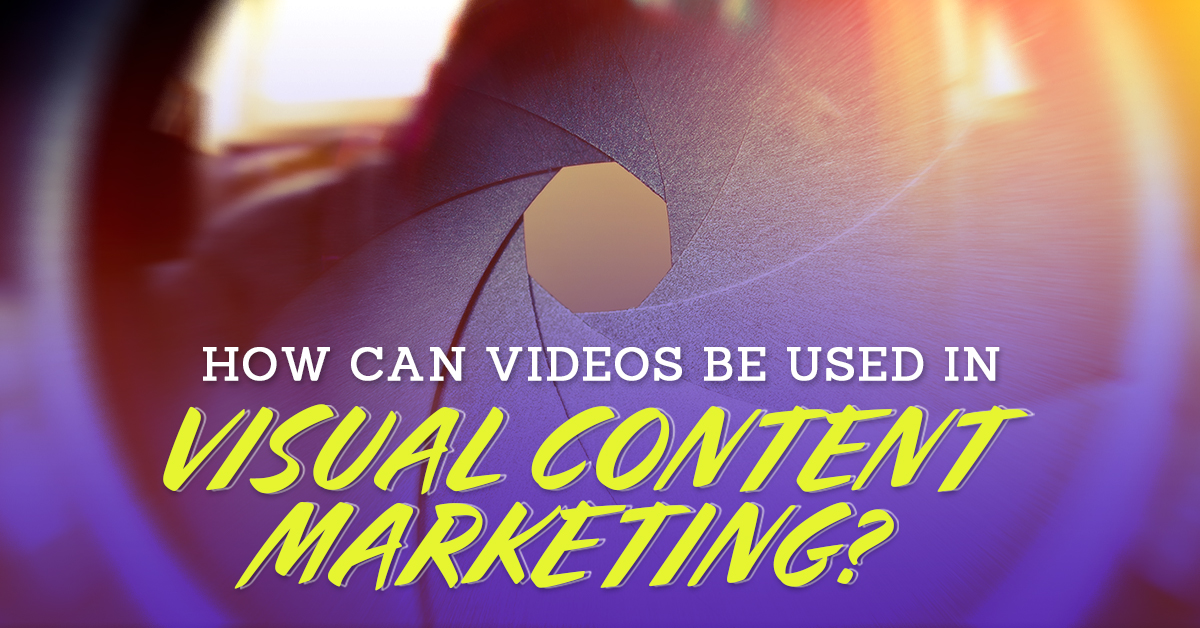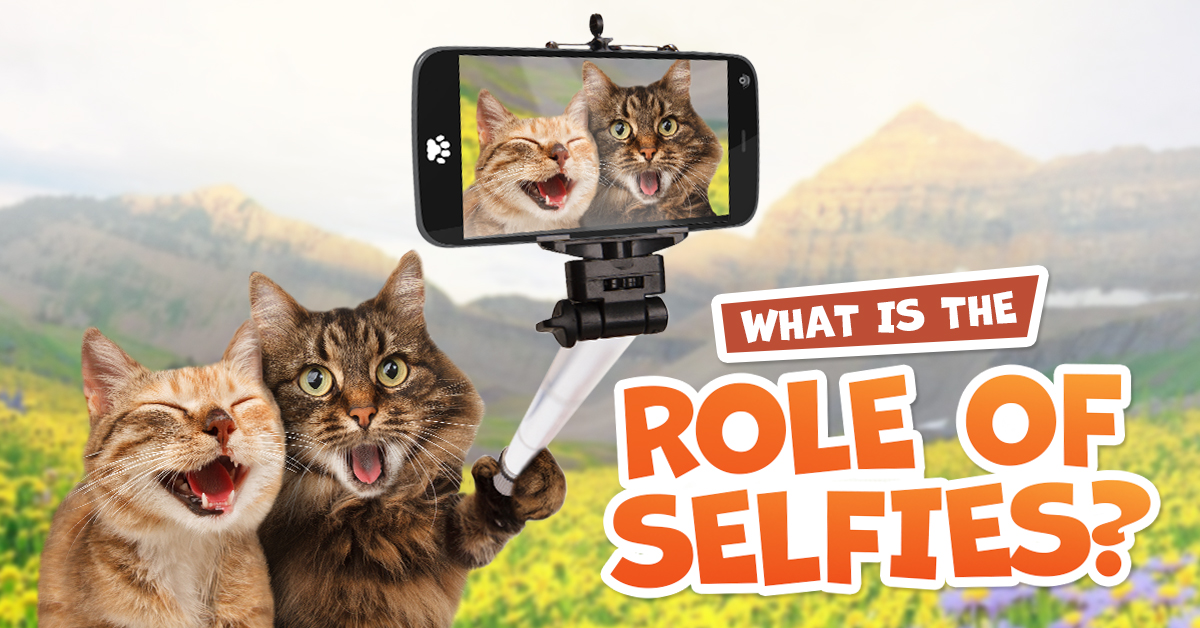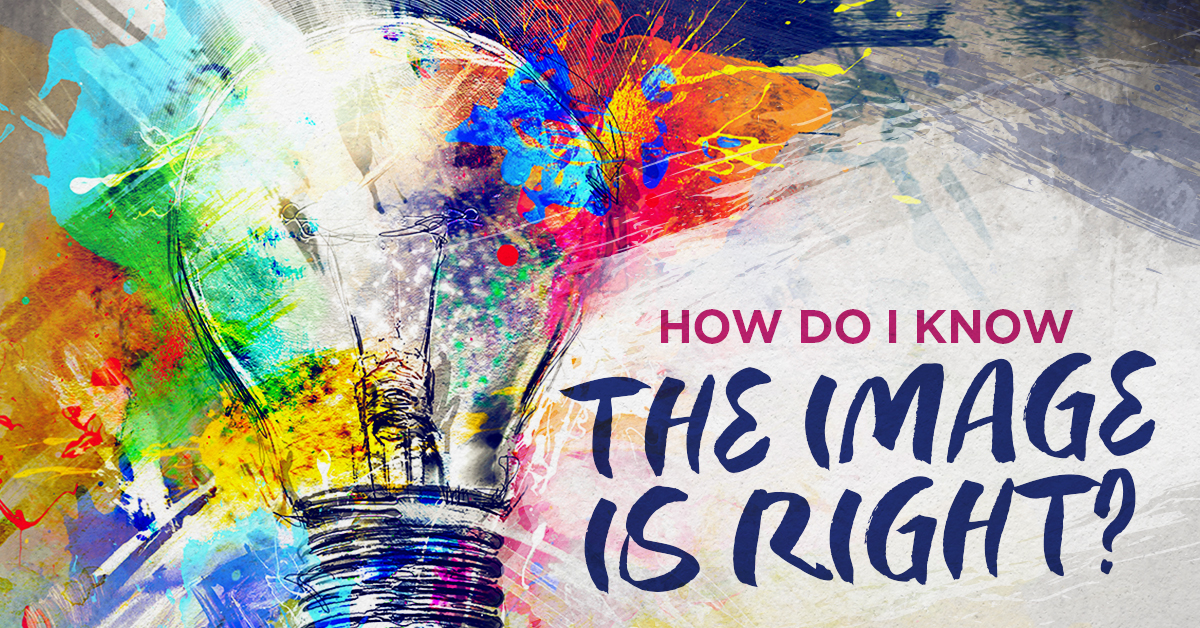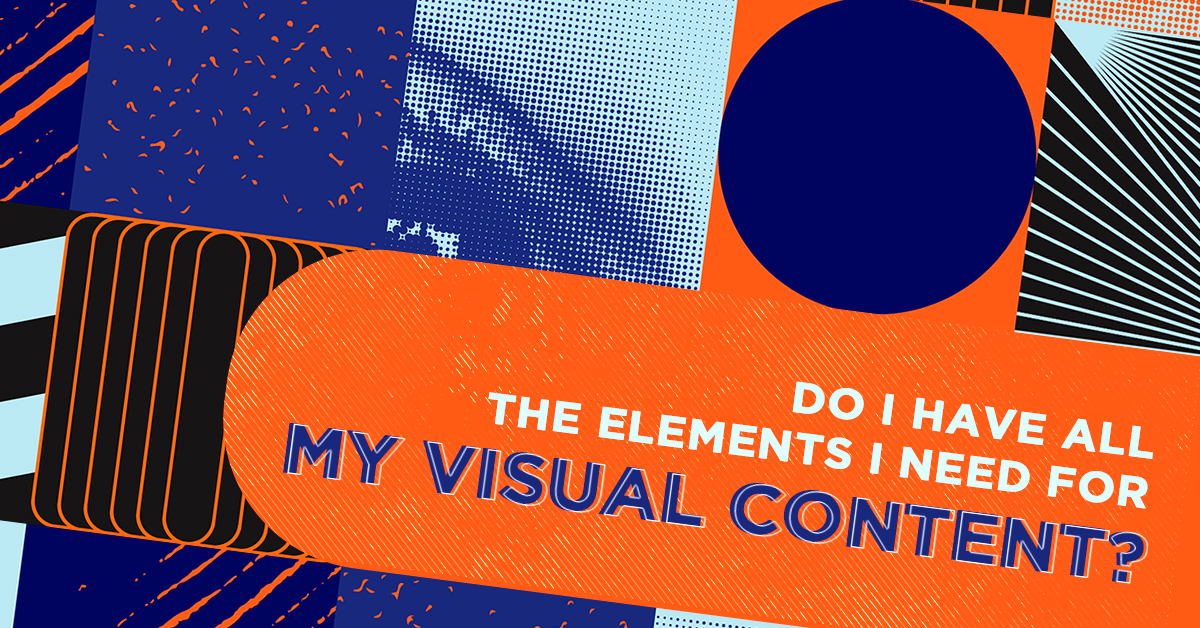Storytelling is more than just speaking with words. It’s about communicating the story of your brand, values, and products through images, sounds, and words. A combination of these will speak to your audience on a level that truly enhances the overall customer experience. This is the essence of visual marketing.
You might be wondering, how exactly is this art of “storytelling” accomplished? It’s a proven fact that visual marketing is by far the most successful way to do it.
The reason for this is that most of your clientele spend their time online or out and about, and so, if something doesn’t catch their eye, they don’t give it the time of day. However, once you’ve managed to catch the eye of potential clients, everything else gets a lot easier.
Understanding Visual Marketing
Before you can understand the components of visual marketing, you must first understand what it is. Visual marketing is about conveying information by connecting marketing messages to images, infographics, videos, logos, signs, quotes and other graphical elements. It is the “thing” that catches your eye and stops you scrolling through a feed.
When it comes to marketing, visual content is naturally more engaging for users. Brightedge reports that Tweets with images receive up to 5x more engagement than those without. And articles with visual content receive 94% more views.
Consider that the human brain is capable of processing visuals 60,000 times faster than text! Note! The vast majority of information processed today is visual. The rise of smartphones has also meant that capturing a “moment in time” is even easier than before. Combined with channels such as Instagram and Pinterest, it has never been simpler to share images and videos instantly.
To be successful with visual marketing, you have to understand how to create the best visual content to evoke the appropriate feelings in the viewer. It can’t be stated enough: visual content can have a powerful effect on creating an emotional connection with the reader thus achieve a far higher level of engagement.
Once you understand this, the next step is to understand the different types of visual marketing and how to attract the attention and engagement of potential customers.
How does good visual marketing rely on specific images?

Ask yourself, what images get a reaction? How does an image make you feel? What do you want viewers to feel when they look at your visual content? What actions do you want them to take? How will their brains process the image?
All these questions need to be answered before creating content for your visual marketing campaign.
Then, before deciding on what image to use in your visual marketing, consider the role of valence. Valence is a term used to describe relative values to human reactions, and valence can be positive or negative. In terms of images, a picture of a fluffy kitten or a puppy typically produces positive valence. Conversely, an image of a tarantula spider will evoke negative valence.

Commonly, images with positive valence will inspire feelings of happiness, hope and enjoyment. While images with negative valence will inspire fear, mistrust and danger.
Both kinds of images can be used effectively. This depends on the purpose of your communication and the feelings and behaviours you are trying to evoke. It is important here to understand what kinds of images your audience is wanting or expecting from your brand, and what kind of action you are wanting them to take.
Choosing the right images for your brand and matching them with the right kind of brand message, is a highly specialised skill. It involves an intricate understanding of human psychology, cultural sociology and an in-depth knowledge of the behaviour of your consumer. Unless you have this, it is advisable to draw on the skills of a specialised content and graphic design services agency to help you.
To learn more about choosing the right image, read more here.
You can also download our 7 Steps Guide to Choosing the Right Image.
How can videos be used in visual marketing?

It’s no secret that people love watching videos. Especially when it comes to useful tips and tricks such as learning quick remedies for the common cold or finding a better way to repot your plants.
With that being said, when using video content marketing for your SME business, you want to ensure that you keep things informative and engaging. This is where having clearly planned video content is important. Using a professional service to help you will determine the success of your campaign.
We have all seen the selfie style video with hair flying all over the place and the sound of wind so loud in the microphone that it’s impossible to hear the key messages. Not to mention the videos that cause severe motion sickness with all the movement, or the person who is falling face first into the camera.
While cheap to produce, you have to ask yourself, what value will my audience see in my brand with these do-it-yourself kinds of productions?
To keep viewers engaged and seeing the value in your business, there are tonnes of video variations that you can use, including:
- Screen-share videos
- Short film style
- Explanation videos
- Animated videos
- Snap-shot videos
These are just a few video examples that may work for your visual marketing. When it comes to getting the word out about a new product or a service, the options are endless!
As an example, see our Content Bites Series, which is a great example of snap-shot videos designed to give valuable information that educates and informs.
Why use infographics in visual marketing?

An infographic is yet another way of conveying complex information quickly and easily through a combination of visuals, and with minimal use of text.
There are many kinds of infographics to suit varied purposes, such as:
- Statistical charts
- Timeline and hierarchical information
- Process explanations
- Informational visuals
- Comparison graphs
- Geographical mapping
- Listed infographics
Infographics are not new. They have been around for years in different forms. For example road signs, speech bubbles in children’s books, train and subway maps, and TV weather reports.
But, what has changed is the way in which we use them.
The rapid onset of digital media has made capturing and conveying meaning quickly a must. According to Forbes, 65% of the population are visual learners, meaning that more than half the population will gain meaningful information quickly via visual content.
What are the trends?
This trend is only set to increase with younger generations looking for spending more time on digital channels searching for information and looking for quick answers. If a business can’t convey meaning quickly and easily, then it is highly likely that they will be passed over for a competitor who can.
Infographics today are often used to present complex findings in an easier to absorb, fun and entertaining way. The use of colours, characters, shapes, styles and fonts is guaranteed to keep the attention of anyone reading them. Not only that, but they’ll continue to be on the lookout for future content that your business publishes.
Making good infographics is a skill. While there are many tools around to help create an infographic, including too much information and making it too complicated is a common mistake of amateurs or people adopting a DIY approach.
Remember, the purpose of an infographic in visual marketing is to make complicated information quick and easy to digest. An infographic is a valuable asset that can be used in multiple ways. Therefore, it is often best to invest in a well-designed infographic from a professional designer.
And don’t just take my word for it. Neil Patel, co- founder of KISSmetrics and Quick Sprout, used infographics on the KISSmetrics blog to generate over 2.5 million visitors in 2010. And he continues to believe in the power of infographics. “I can say with conviction that infographic publishing has been one of my most powerful marketing strategies,” Patel says.
Picture Time and the Role of Selfies

Many of us have perfected the art of the selfie, whether we are taking a picture of ourselves, our projects or our food. If you thought that taking photos was outdated for your business, then you’re sadly mistaken.
Consumers want to see that the people they’re purchasing things from are relatable and actual people. A well-taken photo can be the difference between a couple of people visiting your site and hundreds clicking your site link daily.
In a study of over one million articles, BuzzSumo looked at how many blog posts with images were shared. Then they looked at how many images, per how many words, got the best results. What they found was that articles with an image once every 75-100 words got double the number of shares of other articles with fewer images.
There are a number of things to consider when taking photos. Exposure, colour, lighting, composition, balance and story are just some of the considerations for great images.
What is the Role of Technology?
Technology has improved the quality of smartphone cameras, making it easier to capture that great shot. However, before deciding to embark on a DIY photoshoot, consider the purpose of the images.
There are many different kinds of photography, such as portraits, products, food, landscapes, sports, wildlife, events and more. So, setting up a photoshoot is a little more complicated than just aiming and pressing the shutter. Understanding aspect ratio and depth of vision are just some of the elements that can turn a good shot into a great shot.
Building an image bank for your business’ visual content is incredibly valuable. It does a number of things, such as creating an authentic representation and style of the business that is distinctly yours. This means that when customers see these images, there is a clear visual connection between the product or service and your business.
Even if you have the latest smartphone with the best camera technology, it is always a good option to engage a professional photographer. They can be invaluable in establishing the look and feel for your brand. You will also find that a good photographer will provide you with many images to use for multiple purposes.
To really make your visual marketing better than the rest, seriously consider using professional imagery.
Calls to Action (CTA)

Remember when we talked about how you’re going to want to move the customer to feel a certain way? Once they begin to feel that way, what are you going to want them to do next?
This is where a strong call to action attached to your post, video or infographic is crucial. The call to action demands that the customer does something. This might be clicking on a link, downloading a checklist, signing up for a newsletter or purchasing your products and services.
Without including a strong and compelling call to action, you leave the customer in limbo. Nine times out of ten, they will simply leave the site without doing anything further.
An effective call to action will help to convert more leads into paying customers. It’s a great way to consolidate your visual marketing efforts.
How do I find the right image for visual marketing?

Everything you share with your target audience should be designed to make the information simple to understand without being boring. Being able to stop the scroll is another important aspect of visual marketing.
7 tips to using the right visual content in your marketing
- You understand what your audience wants and is expecting
- Use images that evoke emotional responses, whether positive or negative
- Ensure all visual content has been cleverly curated and professionally designed
- There is a clear purpose and match to your brand voice
- They convey meaning easily and effectively
- They are sharable with a Call To Action
- They will stop the scroll and motivate an action!
Finally, no matter what platform you’re using or on your website, your customers and followers should have easy access to your social media pages. Make these buttons easy to find, but also ensure that they go to the correct links.
Be Remembered …

Hopefully, you’re beginning to get an idea of what makes a visual marketing system beneficial and incredibly valuable for a SME business.
Consider this. If you’re confronted with a great piece of visual content or a plain wall of text, which would you prefer to interact with?
Not to mention, when people are looking at something visual, it’s far easier to recall. When you are reading content that is complex, it can be slower and more difficult to fully comprehend without re-reading a few times.
One other thing I’d like to mention here is the International Dyslexia Association states that perhaps 15-20% of the population as a whole have some kind of dyslexia, including slow or inaccurate reading, poor spelling, poor writing, or more.
We know that dyslexia and reading delays occur in people of all backgrounds and intellectual levels. Many of those individuals can be very gifted. Making information more accessible to an additional 15-20% of people would have a great impact on your bottom line.
Visual Marketing 101: The Ultimate Guide

Using visual content correctly will help set you apart from your competition. Having a visual marketing strategy is a core component to any marketing strategy. Whether you are looking to use videos or infographics, there’s a form of visual communication that any business can use successfully.
If you need help creating and implementing a visual marketing strategy that will work for you, contact us here at Content Box.
We’re specialists when it comes to all things marketing and we want to make sure that you’re putting the best version of your company forward at all times.
Check out our graphic design services packages here.
